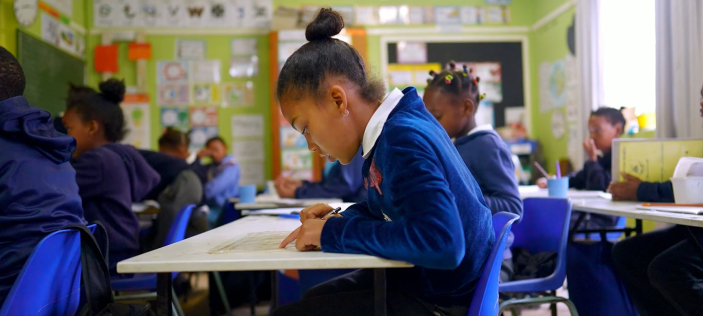And just like that, it’s that time of year when World Book Day is fast approaching! Your plans may be a little different this year but there are still mathematical opportunities just waiting to burst out of bookshelves everywhere.
In our previous World Book Day blogs we focused on books with a strong maths theme such as ‘How Big is a Million?’ and ‘Equal Shmequal’. For this year’s blog, we have chosen books that pupils may be more familiar with, which are not specifically ‘maths’ themed but have lots of mathematical opportunities within them.
To get in touch with the HFL Education Primary Maths Team about our blogs, resources and services, email us at primarymaths@hfleducation.org.
Here are just some of the maths opportunities we found hiding on our bookshelves within some popular children’s books…
Pick 1: ‘The Snail and Whale’ by Julia Donaldson - recommended by Rachael Brown
A fishy tale about an unlikely friendship between a rather small snail and an incredibly big whale!
Maths challenge: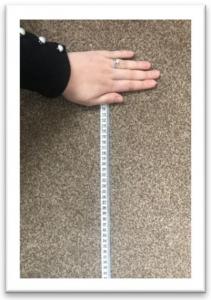
Did you know blue whales can be up to 30m long?
How many handprints can you fit along 1 metre? When I tried, I could fit 11 of my handprints along a strip 1 metre long.
I know 3 x 11 = 33 so I know 3 tens x 11 = 33 tens
30 x 11 = 330
A blue whale could be up to the same length as 330 of my handprints!
Humpback whales like the one in the story can be between 13 and 16 metres long. How many handprints would that be?
Pick 2: ‘Holes’ by Louis Sachar - recommended by Gill Shearsby-Fox
Stanley gets wrongly accused of stealing a famous baseball player’s trainers and gets sent to Camp Green Lake Juvenile Detention Centre. However, there is no lake, just desert and his punishment is digging holes.
Maths challenge:
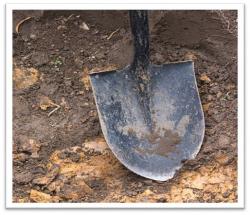 The holes that Stanley has to dig have to be exactly the same size as his shovel – his shovel is 5 feet (150cm) long.
The holes that Stanley has to dig have to be exactly the same size as his shovel – his shovel is 5 feet (150cm) long.
If the hole he digs is the same depth, width and length as his shovel:
- what shape is his hole?
- what is the area of the base of his hole?
- what is the volume of the hole he digs?
Stanley is in tent D’s digging crew. There are seven in the tent and they all have to dig a hole every day. What is the length / width / depth / volume of all the holes they dig in a day / a week / a month / a year?
It is very hot at Camp Green Lake and Stanley and his crew only get two canteens of water a day. If each canteen holds 1.5 litres of water and they dig for five hours a day, how much water should they drink an hour?
Pick 3: ‘Freddie and the Fairy’ by Julia Donaldson - recommended by Charlie Harber
A delightful tale in which Freddie is rewarded with wishes after rescuing Bessie-Bell the fairy. Unfortunately, Freddie mumbles and Bessie-Bell has problems hearing correctly. What could go wrong?
Maths challenge: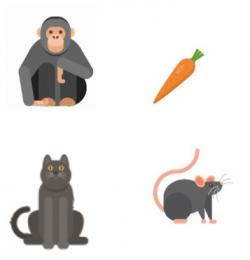
In the story, Freddie receives some ‘unexpected’ gifts from Bessie-Bell the fairy.
Can you estimate the size (height or length, whichever is greater) of all of the different things that Bessie-Bell gives Freddie?
- how could we show that in a graph or table?
- which type of graph would be most appropriate?
- what could the scale be? Which unit of measurement?
- how else could we order them? (e.g. weight, most ‘wanted’ pet – class survey)
Can you think of other ‘gifts’ that Freddie could have asked for?
Where would they belong on your graph/table?
Pick 4: ‘Guess How Much I Love You’ by Sam McBratney - recommended by Nicola Adams
Little Nutbrown Hare and Big Nutbrown Hare spend a little time before they go to bed, trying to show how much they love each other. Turns out, love is not an easy thing to measure.
Maths challenge:
 STRETCH!
STRETCH!
- how wide can you stretch your arms?
- how could you measure your arm span (distance between middle fingertips on each hand with outstretched arms)? You could use a measuring tape or think of a more creative way!
COMPARE!
- have you ever noticed the relationship between your arm span and your height?
- what about between your foot length and the length of your lower arm?
REACH!
- how high can you reach?
- how does this compare to other people in your family?
- what is the difference between your reaches?
HOP TO IT!
- how high can you hop?
- how far can you hop?
- how many bunny hops could you do in a minute?
Pick 5: ‘The Boy at the Back of the Class’ by Onjali Q. Raúf - recommended by Siobhan King
The empty chair at the back of the class is now occupied by Ahmet. As the nine year-old refugee is able to tell the story of his journey from war, his friends make plans to help him.
Maths challenge: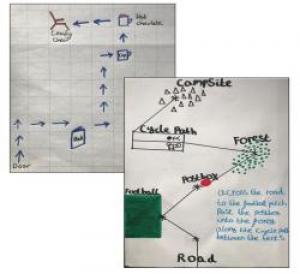
Ahmet helps his friends learn more about him by sharing his escape from war. He draws important parts of his journey to help him tell the story.
You will not be travelling as far as Ahmet, but you can still share a journey you have taken by mapping it and drawing important parts.
Draw a map of a journey in your home or when you are out walking.
Think about the directions you take and how far you travel.
Can you give instructions to someone else to take the same journey?
Over half of the world’s refugees are children.
Can you find out about their journeys?
Pick 6: ‘Charlotte’s Web’ by E.B. White - recommended by Laura Dell
A pig called Wilbur, who is the runt of his litter, is raised by a girl named Fern.
When Wilbur is sold to Fern’s uncle, he makes a new friend in Charlotte, a spider.
Maths challenge:
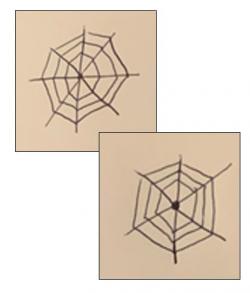 Have you ever looked closely at a spider’s web to see how beautifully they are structured and the patterns that they create? I have drawn 2 of my own webs based on Charlotte’s.
Have you ever looked closely at a spider’s web to see how beautifully they are structured and the patterns that they create? I have drawn 2 of my own webs based on Charlotte’s.
- one of my webs has 4 lines that cross (or intersect) in the centre and one has 3
- one of my webs has 3 shapes similar to an octagon which increase in size and the other has 3 hexagons
- I can also see lots of shapes which are similar to triangles!
What other spider webs can you design?
Are there any relationships between the amount of shapes that you can see and the number of intersecting lines?
Look closely
My web, with 4 lines that cross, has a total of 24 smaller lines.
My web, with 3 lines that cross, has 18 smaller lines.
I know this because I have counted them all but I wonder if there is a better way to do this.
Pick 7: ‘The Twits’ by Roald Dahl - recommended by Gill Shearsby-Fox
A story about the most horrid couple ever! They love to play tricks on each other and catch birds for bird pie. But can the birds, with help from the Muggle-wump monkeys, get their own back?
Maths challenege: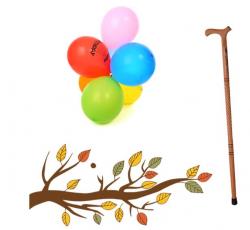
Shrink! Mr Twit makes Mrs Twit think she is shrinking by adding disks of wood to her walking stick. If he adds 3mm to them every day, how much longer would the walking stick be after a week, a fortnight, a month and a year? How tall would it be if it started off 600mm long?
Up and away! Mr Twit then tries to stretch Mrs Twit using balloons. 60 balloons are enough to make Mrs Twit fly away. How many of Mr Twit’s balloons do you think would be needed to make you fly away? Or one of your parents? Or a younger brother or sister? An animal - big, like an elephant or small, like a mouse?
Branching out! To catch birds for their bird pies, the Twits put glue on a branch of their tree. One day, they catch four boys instead of birds. If four boys’ bottoms filled the branch, how long do you think the branch was?
Pick 8: ‘Return to the Hundred Acre Wood’ by David Benedictus - recommended by Doug Harmer
Christopher Robin was at school. But during the summer holiday, he returned to the forest to visit his friends Piglet, Tigger, Pooh Bear, Owl, Eeyore, Rabbit and Roo and they had lots of adventures.
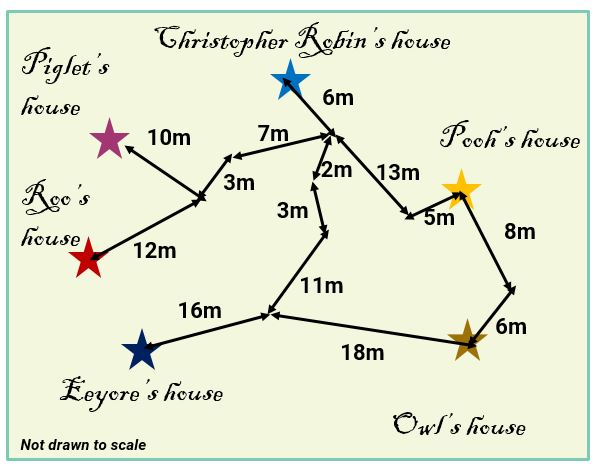
Maths challenge:
- if Christopher Robin started at his house, he would have to walk 6m + 2m + 3m + 11m + 16m to Eeyore’s House. This is 38m.
- how far would he have to walk to visit each of his friends from his house?
- who lives the furthest distance apart?
- where would you like to walk?
Pick 9: ‘What the Ladybird Heard’ by Julia Donaldson - recommended by Nicola Adams
The quiet, little ladybird that lives on a noisy farm ends up saving the day when the prize cow is nearly stolen!
Maths challenge:
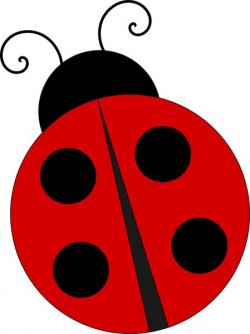 Ladybirds are a type of beetle. They have six legs and two sets of wings. Some ladybirds have no spots and others have up to 20 spots.
Ladybirds are a type of beetle. They have six legs and two sets of wings. Some ladybirds have no spots and others have up to 20 spots.
How many spots do you think the ladybird in ‘What the Ladybird Heard’ has? How do you know?
Can you draw or make your own ladybird?
How many spots will it have?
How many spots are on half of your ladybird?
How many spots are there altogether?
How many legs are there on each page of the story?
Which page in the book has the most legs on it?
Pick 10: ‘The Lighthouse Keeper’s Lunch’ by Rhonda and David Armitage- recommended by Laura Dell
Each morning, a delicious lunch is prepared and sent to Mr Grinling, the lighthouse keeper. However, the basket of lunch doesn’t always make it to the hungry lighthouse keeper…
Maths challenge:
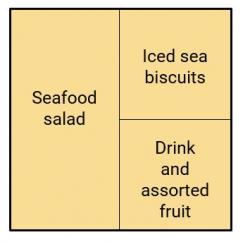 this lunch box is designed using food from one of the lunches in the story that Mrs Grinling sends to Mr Grinling
this lunch box is designed using food from one of the lunches in the story that Mrs Grinling sends to Mr Grinling- what fractions can you see represented in the diagram?
- design your own lunch box using the fractions. You could use halves and quarters like in this diagram
- what other interesting fractions can you use?
- what if your lunch box wasn’t square shaped? What would this look like if your lunch box was a rectangle or maybe a circle?
Good luck in the search for maths hiding on your bookshelf! We think there is maths to be found in every book! We’d love to know what you find. Let us know @hertsmaths.




